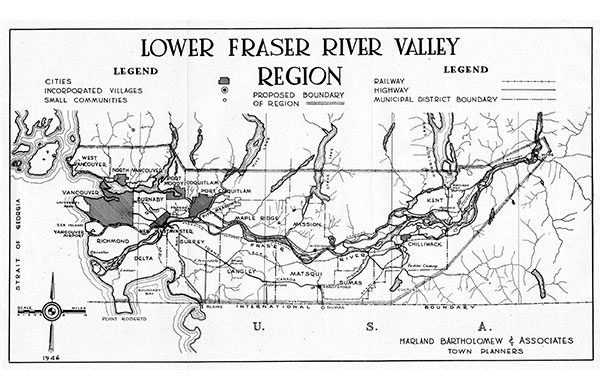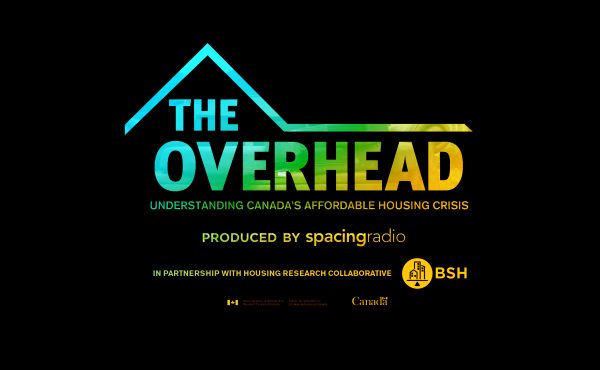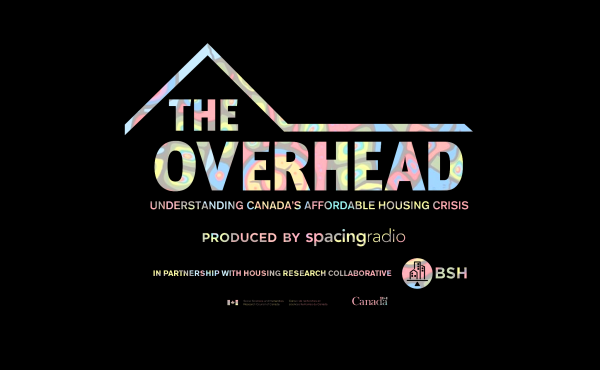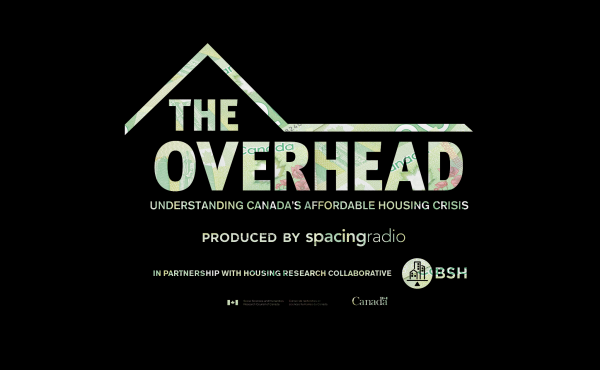
Weighting Goals and Objectives
Now that we have a sense of how to approach setting usable goals and objectives for city-wide planning and criteria to weight them against, we’re still left with many questions, including how to weigh them against one another. There are sure to be conflicts and tensions between them, after all. Practically speaking, there are a number of ways that this can happen:
- By hierarchical ranking: Placing one as first priority, second priority and so on.
- By relative weighting: Prioritizing different goals relative to one another in terms of their benefits and drawbacks.
- By referencing the existing context: for example, allowing certain gains or declines in specific areas in relation to one another, based on specific information gathered.
- By optimizing one objective: Focusing on a single goal at the expense of others that may, or may not, be used as acceptable minimums to be achieved.
- By setting only minimums: Having all goals set as minimums and looking only at alternatives that satisfy these constraints.
- By checklist and implied weighting: Where goals and objectives are used as a checklist in reviewing alternatives, with weighting only implied in the final selection. Although avoiding full transparency makes the process easier, it assumes trust in the decision-makers to make the ‘right’ final choice, who often portray the final selections as inevitable. This is one of the more popular weighting options used.
Keeping in mind that we now know that most goals and objectives are interconnected (i.e. transportation goals and housing objectives are interrelated), the issue of weighting is something that needs to be taken seriously by any contemporary city-wide planning initiative. So questions around how to make them more comprehensive and complete are paramount.
Making Goals and Objectives More Comprehensive
How can we make our goals and objectives more comprehensive? Having come this far, I hope one can appreciate how difficult it is to answer this question. In response, Lynch suggested creating ‘intermediate’ objectives that are general enough to provide choice but concrete enough to test their consequences on city form (versus more abstract goals framed in purely human terms). These can then be related to individual or (ideally) several primary goals.
Because their impacts are direct, these form-based objectives could be quantitatively stated and allow for easy comparison between different city pattern alternatives. This means that their performance could be defined and tested spatially and physically through the form of the city, allowing people to clearly see how different options might accommodate various activities.
A classic Lynchian example would be setting an ‘intermediate’ goal of accessibility: a city that minimizes the time and effort required to move between many different urban activities. Towards this end, one may measure time-distances between a variety of locations across the city and develop an index that quantifies the most and least accessible spatial patterns, making evaluation and comparison easy. Such a goal underlies a number of potential primary goals—economic development, efficient transportation, to name just a couple—and, therefore, can be directly connected directly to them, if they are primary goals.
One can immediately see how a number of such ‘intermediate’ goals can be helpful in ensuring that primary objectives are clear and achievable: ultimately making the decision-making and planning processes more effective.
Lynch created his own list of nine form-focused goals but explaining them is beyond the scope of this series. Nonetheless, many may find naming helpful in their own right and they will give us a sense of what these secondary goals might look like. So, here they are: accessibility, congruence, diversity, adaptability (within which he included resilience and openness), legibility, safety, stress, and efficiency.
Now we are ready to look at developing alternatives, the focus of Part 6.
***
In case you missed it:
- Planning City-wide: A Primer – Part 1
- Planning City-wide: A Primer – Part 2
- Planning City-wide: A Primer – Part 3
- Planning City-wide: A Primer – Part 4
- Planning City-wide: A Primer – Part 5
- Planning City-wide: A Primer – Part 6
- Planning City-wide: A Primer – Part 7
- Planning City-wide: A Primer – Part 8
**
Erick Villagomez is one of the founding editors at Spacing Vancouver and the author of The Laws of Settlements: 54 Laws Underlying Settlements across Scale and Culture. He is also an educator, independent researcher and designer with personal and professional interests in the urban landscapes. His private practice – Metis Design|Build – is an innovative practice dedicated to a collaborative and ecologically responsible approach to the design and construction of places. You can see more of his artwork on his Visual Thoughts Tumblr and follow him on his instagram account: @e_vill1.




